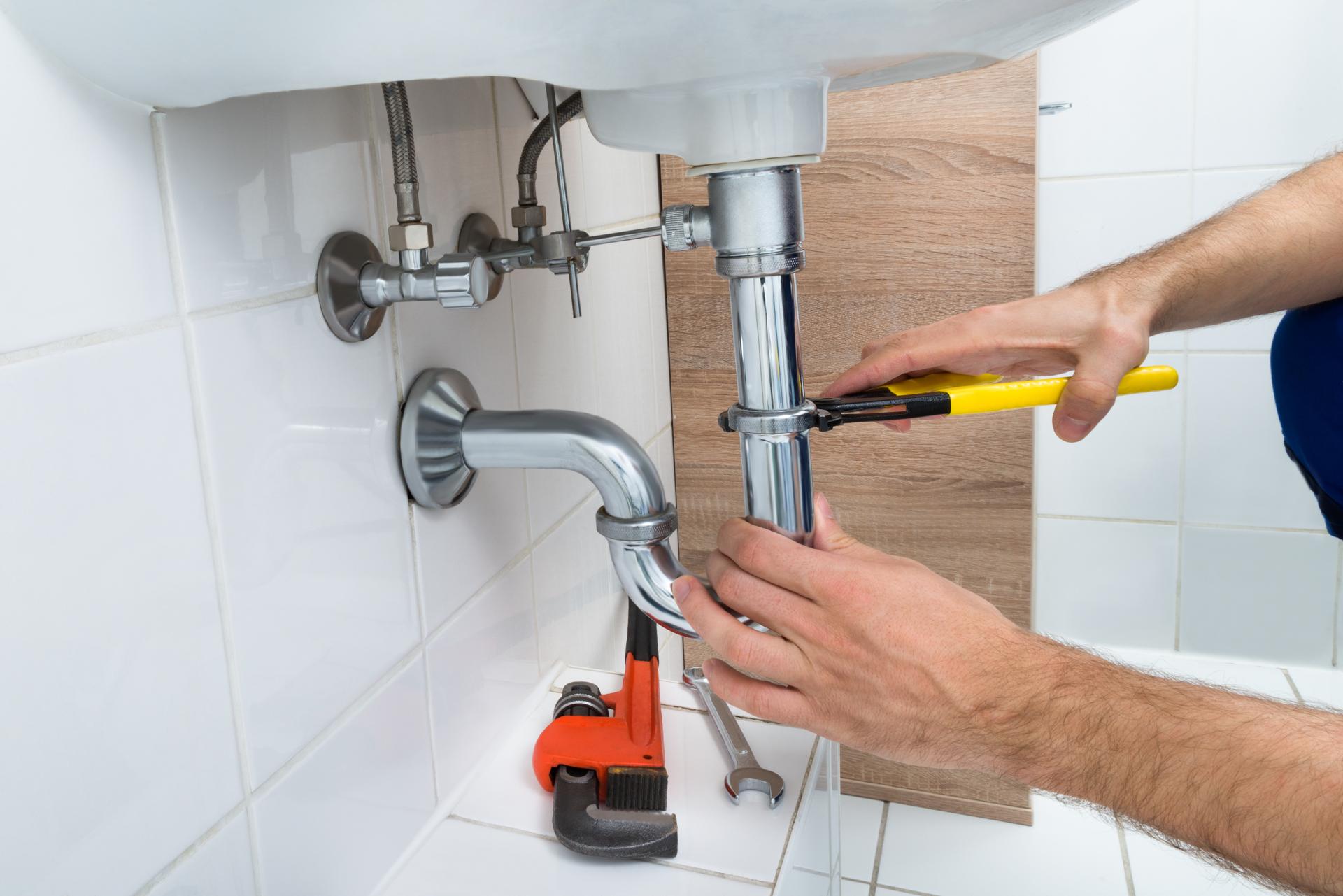Replacing Plumbing: A Comprehensive Guide to Knowing When and What to Expect

Plumbing is an integral part of any house, providing us with clean water for cooking, drinking and cleaning, as well in the process of disposing of wastewater. Like any other home appliance, plumbing will eventually become worn out and need replacement.
Knowing when it’s time to replace your plumbing is essential to prevent costly repairs and prevent health hazards. We’ll talk about the signs that indicate that your plumbing is in need of being replaced, the factors to take into consideration prior to replacing your plumbing, the plumbing replacement process, the benefits that come with replacing your plumbing, and an FAQ section to answer any questions you may have.
Signs that it’s Time to replace your plumbing
There are a variety of indicators that suggest your plumbing needs to be replaced, for example: Leaks When you notice water spots or puddles in your home, it’s a indication of a plumbing leak. Leaks can cause severe structural damage to your home and lead to mold growth, so it’s essential to take action immediately. Rusty pipes: Rusty pipes are evident that your plumbing is in need of be repaired or replaced. Rust could contaminate the water supply in your home which makes it unfit for drinking or cooking. Low pressure in the water: If your showerheads and faucets produce low flow of water is a sign of low water pressure, which could be due to corrosion of pipes or blockages. Water discoloration: Discolored water like yellow or brown, is a sign of sediment or rust buildup in your pipes. This could affect the flavor and quality of your water. It may also be a sign of the need for a plumbing repair.
Things to consider prior to replacing the plumbing
Before replacing your plumbing, there are many aspects to take into consideration, such as the age of the plumbing system: Plumbing systems have a lifespan of around 50 years, so should your home be more than this, then it’s most likely time for a replacement. Cost of replacement replacing your plumbing could be expensive, so it’s essential to budget for the cost. Severity of plumbing problems If the plumbing issues are severe and affecting multiple areas of your house replacing it could be the best choice.
What can you expect during the Plumbing Replacement Process
The process of replacing plumbing involves various steps, which include: Shutting off water flow Your plumber will need to turn off the water supply to your home to prevent water damage or leaks. Removing old pipes: Old pipes will need to be removed, which might require cutting into floors or walls. Installing new pipes New pipes are installed, which may require rerouting in order to ensure proper water flow. The length of time for the plumbing replacement process will depend on the size of your house and the complexity of the task. Homeowners should expect disruptions during the process, including water shut-offs, and possibly damage to walls and floors.
Benefits of Replacing Plumbing
Replacing your plumbing offers several advantages, such as: Increased water efficiency: New plumbing fixtures and pipes have higher efficiency, which means reducing the amount of water you use and decreasing your utility bills. Better water quality: Replacing older, corroded pipes new ones will improve the water quality, making it safe for drinking and cooking. A lower risk of future plumbing problems The new plumbing is less likely to cause blockages or leaks, thus reducing the need for costly repairs in the future.
Conclusion
Removing your plumbing is an expensive purchase, but it’s vital to ensure the safety of your home and peace of mind. By understanding the signs that suggest your plumbing needs replacement, considering the factors before replacement, and knowing what you can expect from the replacement process, you’ll be able to make an informed choice about the plumbing of your home. Remember, replacing your plumbing will provide many advantages, such as increased water efficiency, improved water quality and less risk of future plumbing problems.
FAQ Section
What is the cost to replace the plumbing?
The cost of replacing your plumbing will vary based on a variety of factors, including the size of your home, the complexity of the project, and the type of materials employed. On average, homeowners should expect to shell out between $5,000 and $10,000 for a whole-house plumbing replacement.
How long does it take to replace plumbing?
The timeline for plumbing replacement will vary based upon the dimensions of your house and the difficulty of the job. Typically, a whole-house plumbing replacement can take between two and four weeks.
Should I replace my plumbing system if there is an issue with my plumbing?
If you’re experiencing a single leak in your plumbing, it might not be a need for a complete replacement. However, if you’re experiencing multiple leaks , or observe other indications of plumbing issues, a replacement may be the best option.
Can I replace my plumbing by myself?
The replacement of your plumbing can be a difficult job that should be left to the expertise of a qualified plumber. If you attempt to replace your plumbing by yourself can lead to costly errors and could pose safety hazards.
What kind of pipes should I use for my plumbing replacement?
There are many types of pipes that are suitable for plumbing replacement, such as copper, PVC, and PEX. Your plumber can suggest the most appropriate type of pipes for your specific needs and budget. The conclusion is that replacing your plumbing is a crucial decision that should be made with careful consideration. By understanding the signs that suggest your plumbing requires replacing, weighing the elements that influence replacement and knowing what you can expect during the plumbing replacement process, you can make an informed choice about the plumbing in your home. A skilled plumber will assist you in the procedure to ensure the success of your plumbing replacement.
